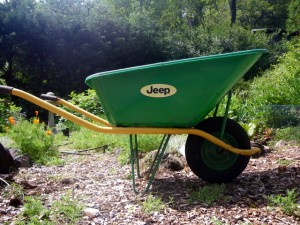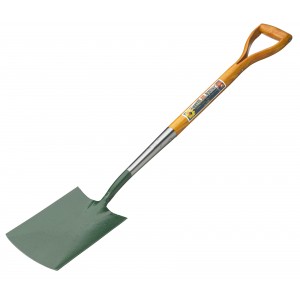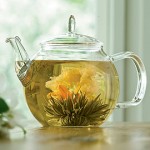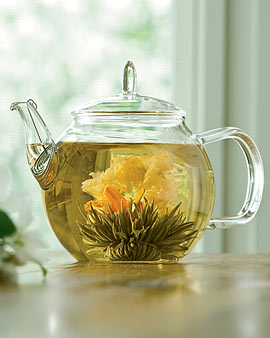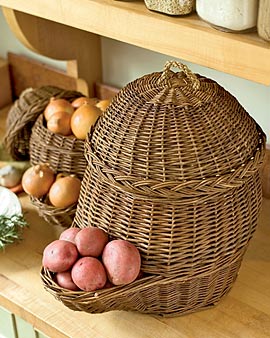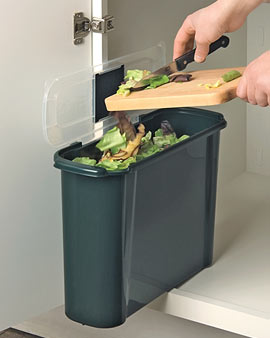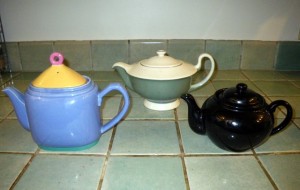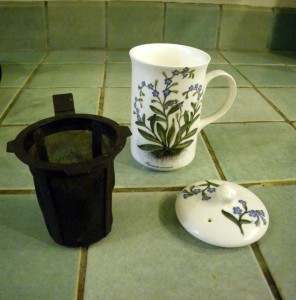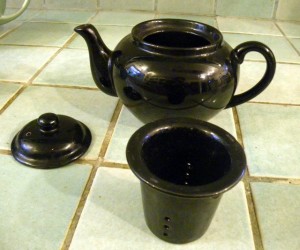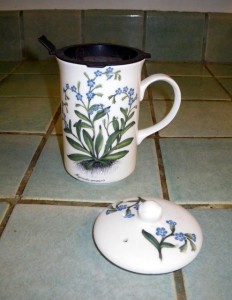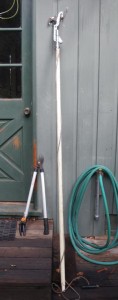
by Avis Licht
I was going to write about rose pruning, since it’s that time of year in many places. Coming out of winter dormancy and going into Spring is a good time to prune roses and many other deciduous trees and shrubs. But then I realized that before the pruning comes the tools. Right tools make a HUGE difference in the results of your work. Find great tools in my store: Avis’ Store
When you’re working in the garden, it is so satisfying to have a good tool. Whether it’s for pruning, raking or digging, you want your tool to feel strong and make the work easier. It makes no sense to get a cheap tool that doesn’t last and doesn’t do the work
Since there are myriads of tools out there, I’d like to share with you my favorites. It’s also nice at this time of year to give a well made tool as a present.
Pruning tools include, hand pruners like this Fiskar:
When looking for a hand tool, you want it to fit into your hand comfortably, be easy on the wrist, and be adjustable at the blade, so that you can loosen or tighten it.
And don’t forget your hands. The best gloves for pruning roses and other dangerous plants with thorns are long sleeved rose pruning gloves.
Hand saws are important for pruning branches larger than an inch in diameter. You need to make clean cuts. And you don’t want the blade to start getting loose.
For Fall pruning, loppers are also an important tool. You want the handle long enough to create leverage but not so heavy that you can’t use it for extended periods of time.
And finally for those hard to reach places you need a long handles pruner. You can extend the handle, prune or saw with the attached blade. This is helpful for branches where you don’t actually want to climb the tree.
The hardest part of pruning overhead, is looking up. By this, I mean that you can get a serious crick in your neck when working overhead. Be sure to take plenty of breaks and stretch.

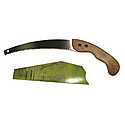
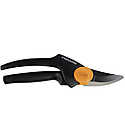

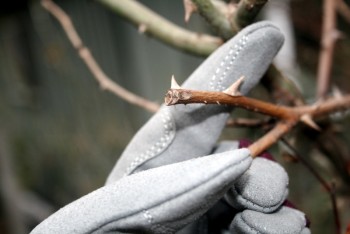
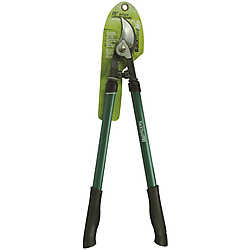

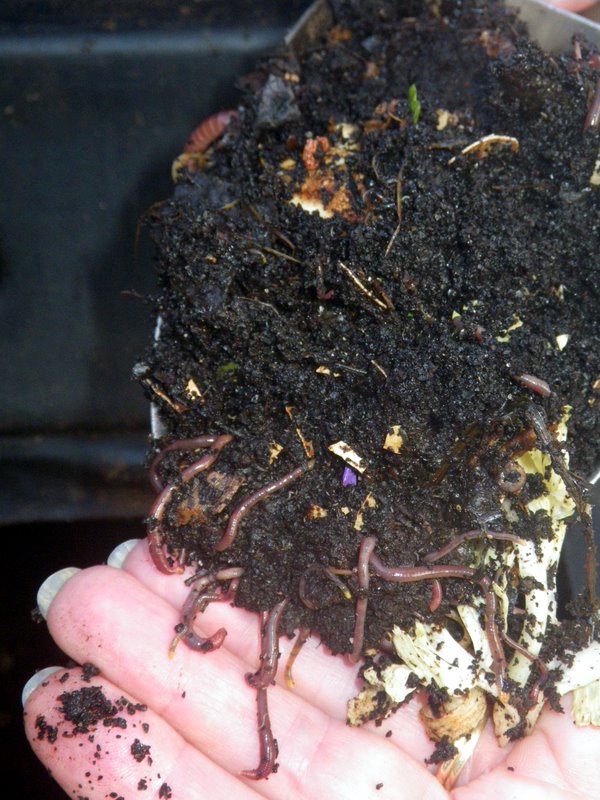

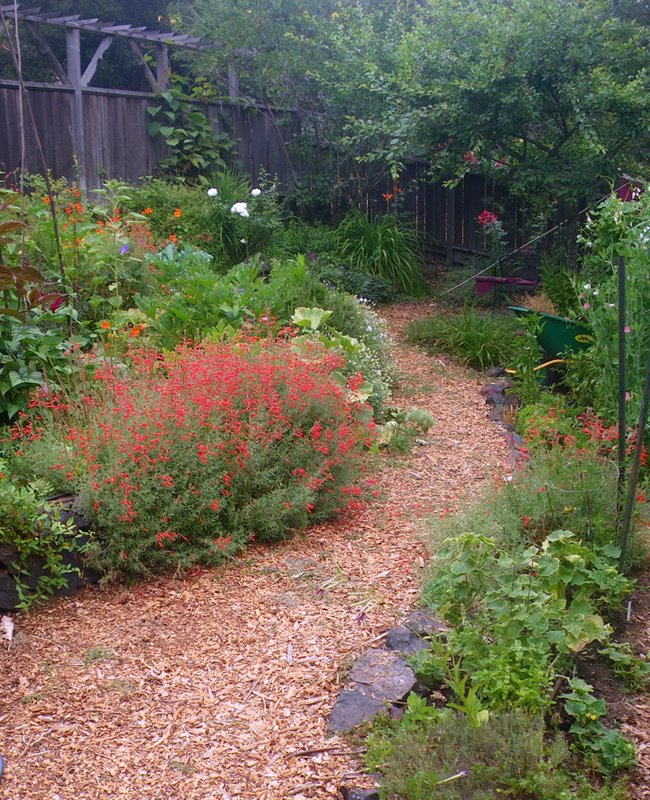

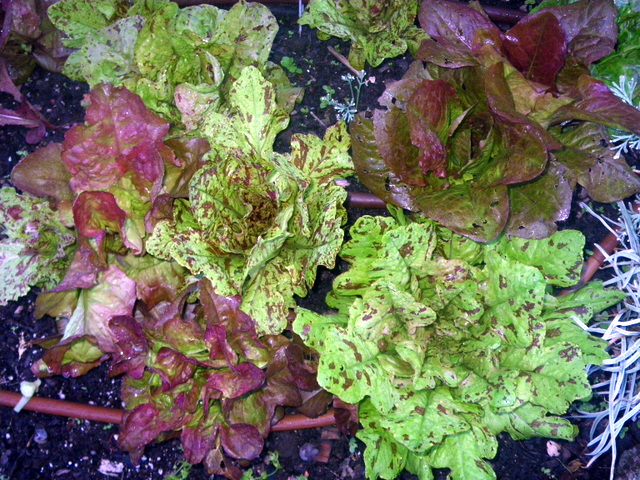
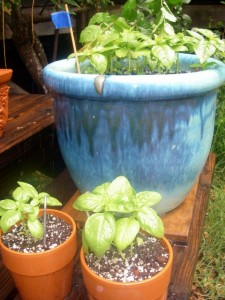
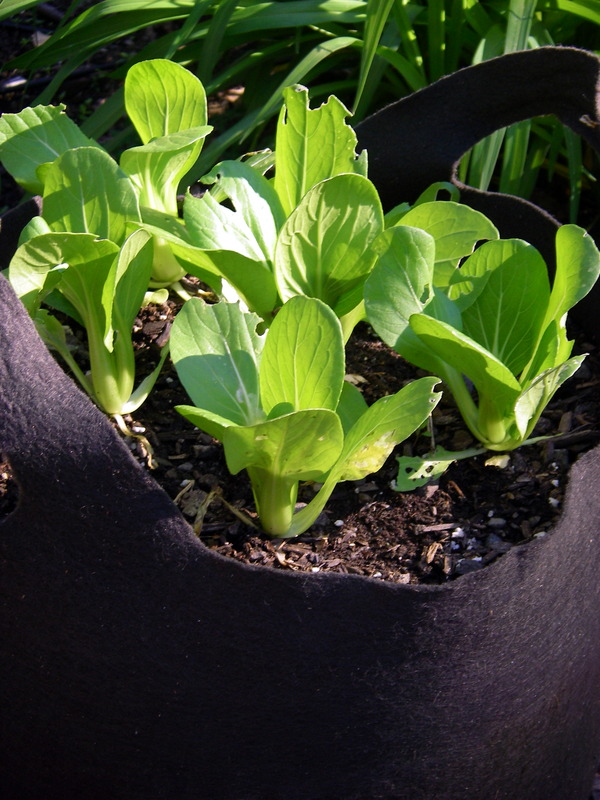
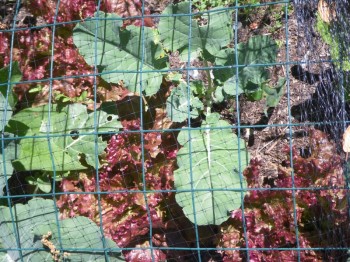
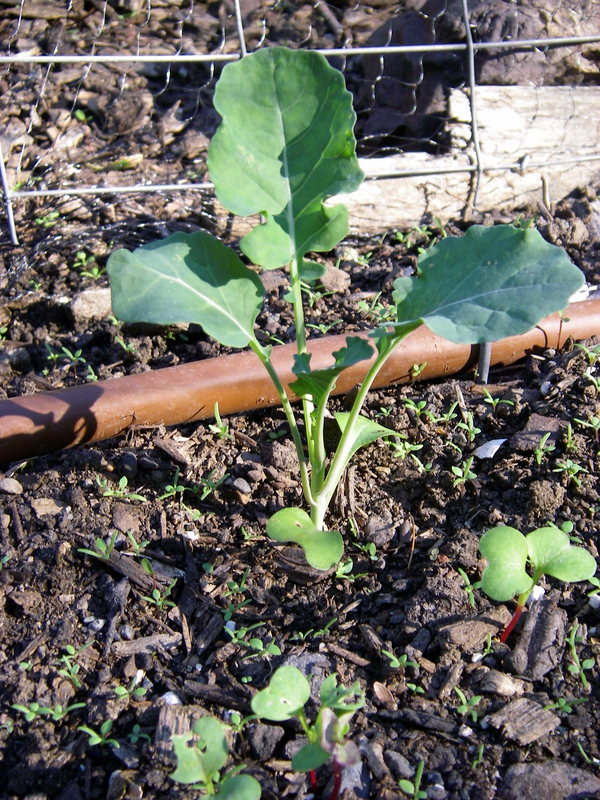
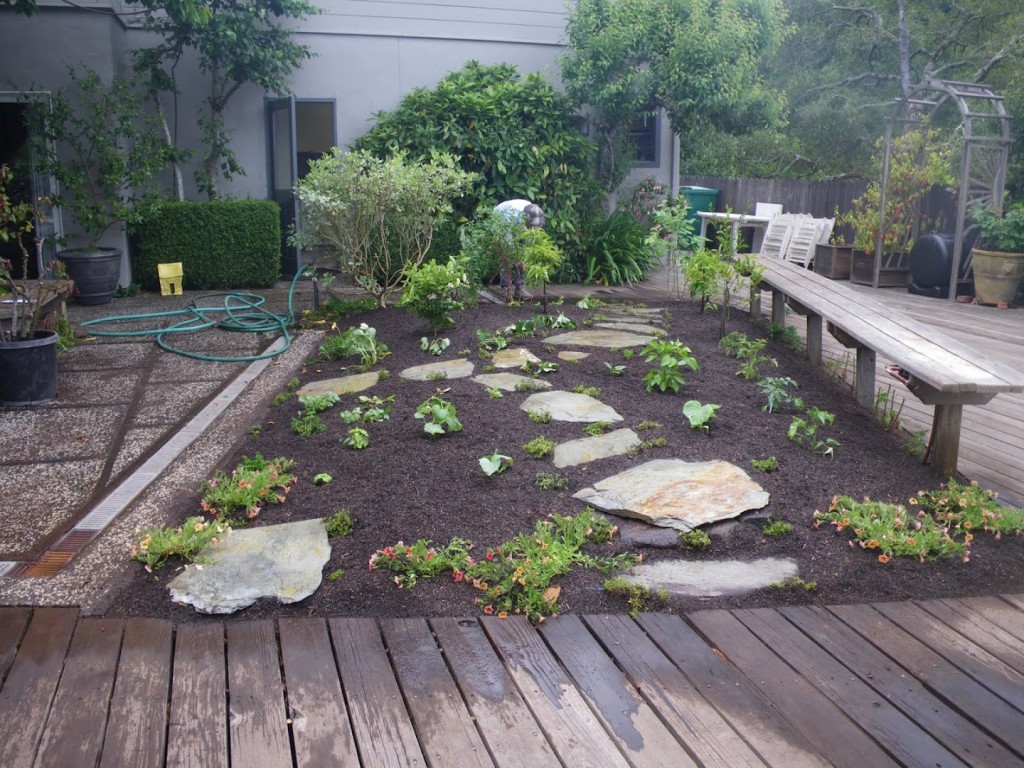



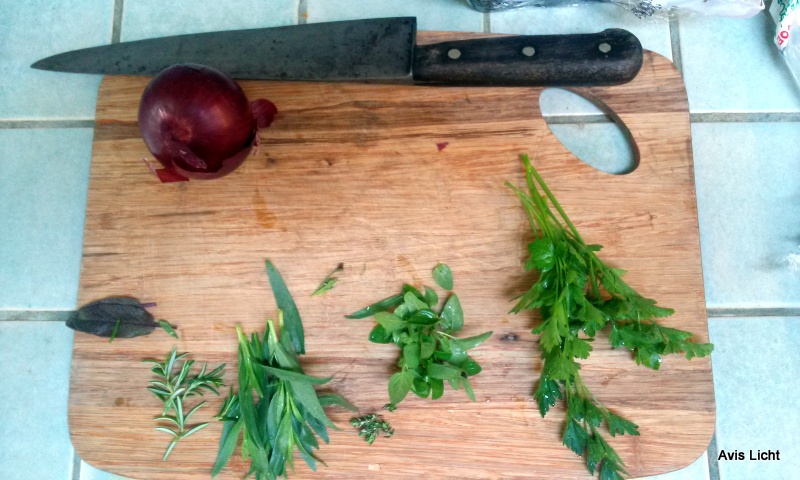
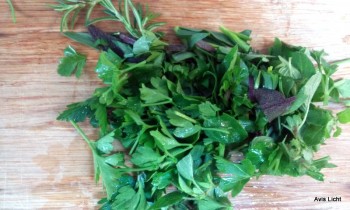
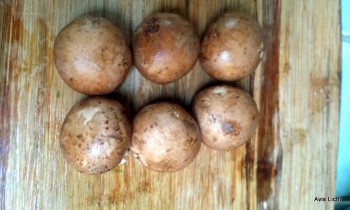

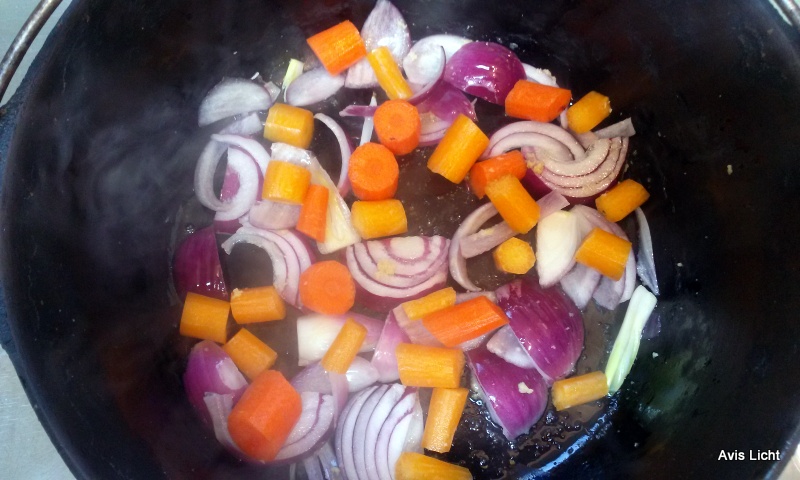

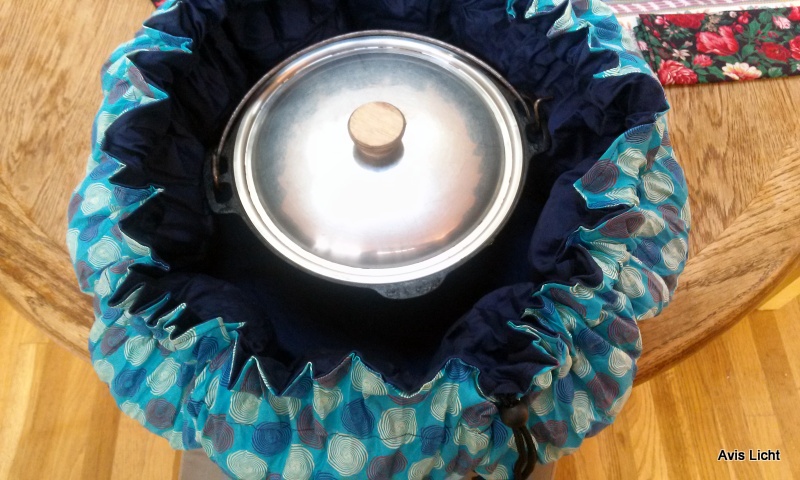
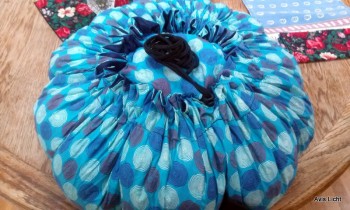
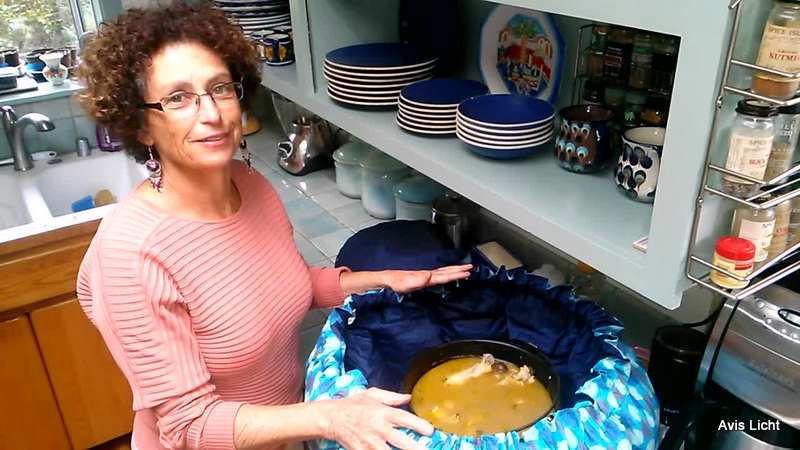
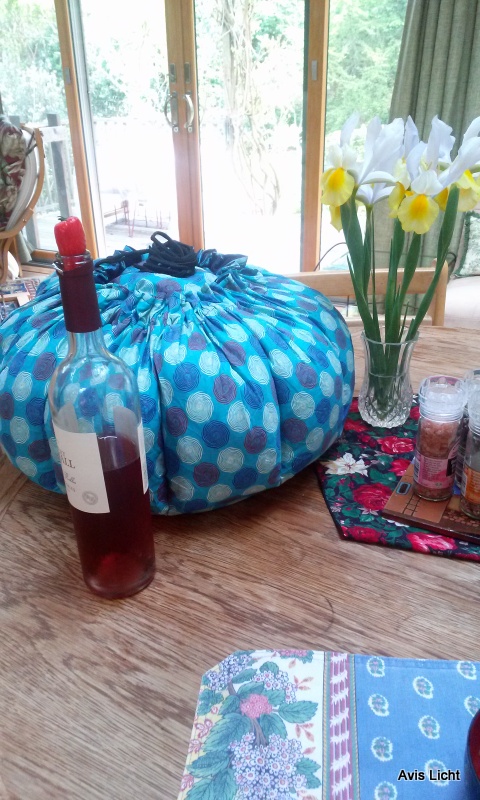

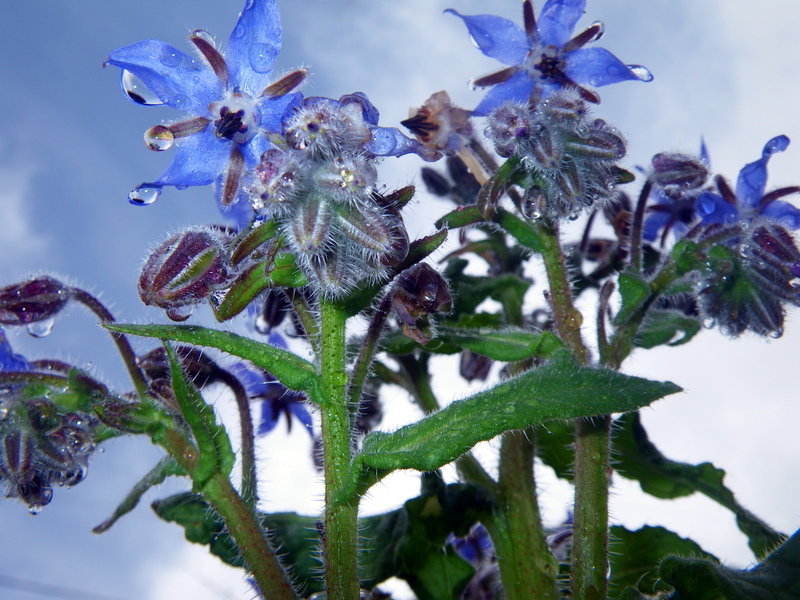
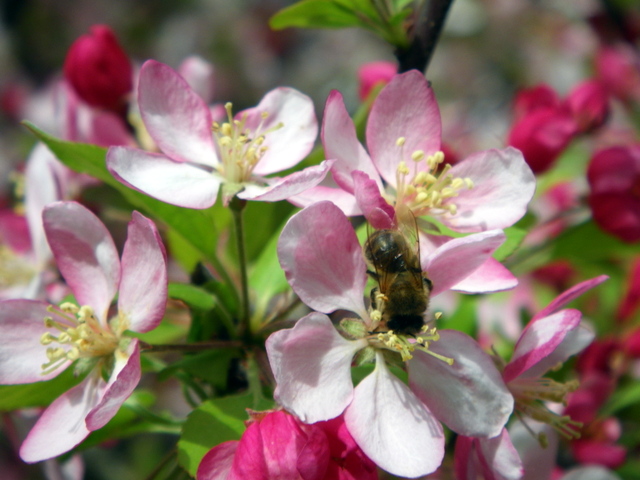
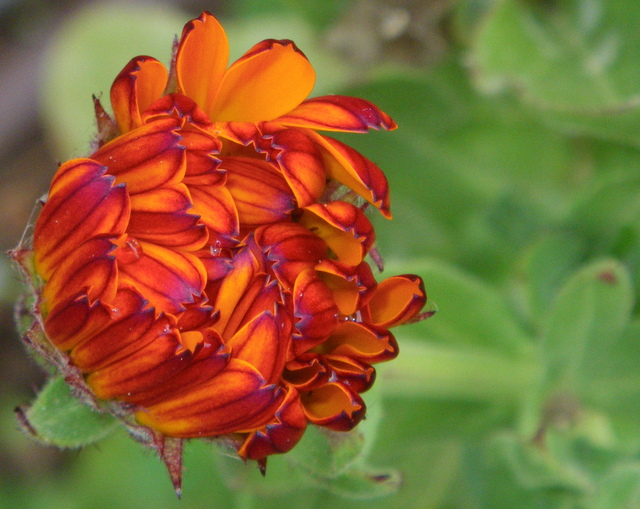

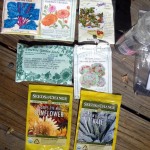
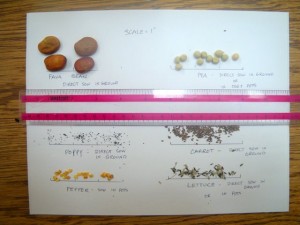
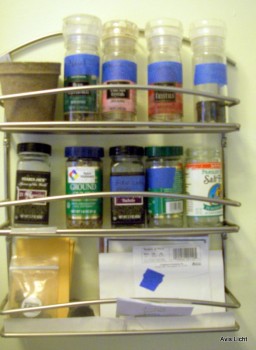
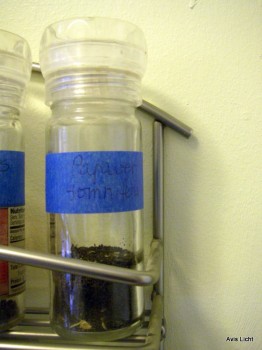


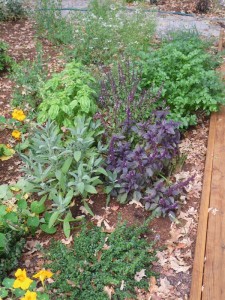

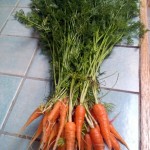
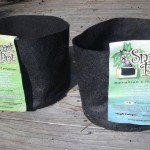
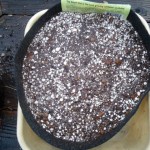
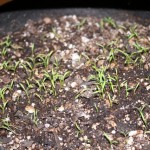
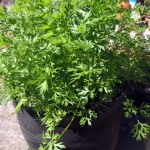
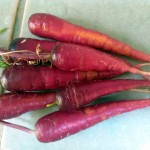
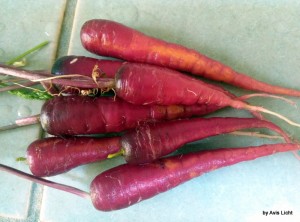
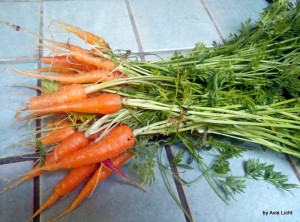
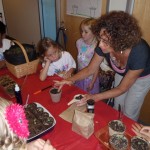


 Follow
Follow


